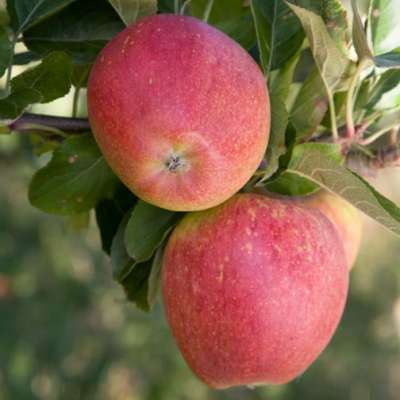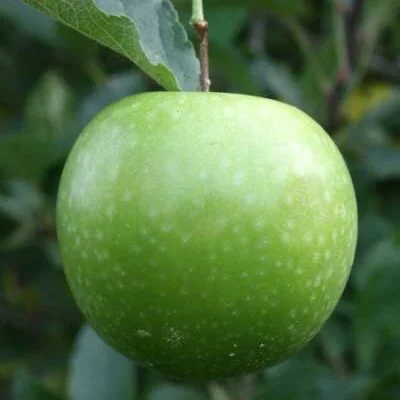Your basket is currently empty!
“Weeds are the bane of my life” – There are not many gardeners who have not expressed this thought at some time or other.
The typical disaster area is the garden that is continually producing nettles, docks, ground elder, creeping buttercup, bindweed and all their associates. Ask for advise and we are usually advised that we should have dealt with the problem before we planted. Quite correct but that’s not much help now, is it?! How do we correct it now?
There are of course various chemical weed killers that can be used as spot treatment on larger individual weeds and clumps. If you prefer to use one of these then give your particular problem weeds to your chemical supplier and they will advise on the best choice.
If you prefer not to use chemicals then the first temptation will be to reach for the garden fork to dig the roots of these obnoxious weeds out once and for all. Hard work but effective. The problem here is that it may well ruin numbers of your fruit plants as well, particularly smaller/shallow rooted subjects such as Raspberries and Strawberries. Many of our fruiting plants produce good fibrous roots close to the surface. Not only does this digging let in drought, it ruins the root system and makes the plants struggle for survival.
The easy way is to cover almost the entire area with black polythene of a reasonable gauge [thickness]. First chop down any taller weeds to make a good level surface. Lay the black polythene out to within 2″ of the base of your fruit plants and bushes. You must allow this small area to enable precious moisture to reach the roots. Cover all of the remaining area without leaving any gaps. The weeds will not grow through the polythene and will eventually die. To make an attractive finish to the area cover the polythene with ornamental bark chippings – and your problems are over.
The only other precaution is that if puddles persist then you will need to spike that area with a garden fork to allow water to drain away.
Annual weeds are an ever present problem but if we tackle them promptly they do not take hold in the same way as perennial ones do and they do not take long to control. The sec ret here is to catch them before they seed, especially those with a fast lifecycle like bittercress and groundsel. Once you see an annual weed it is time it was removed. A few minutes now can save you hours of back ache next month and remember, even small weeds are consuming valuable food and water that your plants need. Hand weeding is always best with smaller/annual weeds, especially when you are working amongst strawberries or raspberries. In-between the rows a good sharp hoe is essential. Always try to hoe lightly and before the weeds are very large. It is always better done when conditions are largely dry. If you hoe before or after rain they may simply re-root into the soil, unless you remove them at the time. When the soil is on the dry side simply moving the soil kills the weeds you have hoed and unseen seedling weeds as well; make sure they are largely left on the surface and not buried with soil again. A good sunny early morning is always the best time.
With larger areas a light hand rotovator is a real boon and can be used to make light work of the problem. Make sure you do not get too close to your plants and not more than 2″ deep. The root area of the plant often spreads the same width as the head of the plant.
Grass can also be sued to good effect in larger areas and can make an effective backdrop and pathway but should not be allowed to grow too close to the trees or bushes. Always leave an area of 3′ al around the plant or tree.
The ingenuity of the gardener when controlling weeds is sometimes quite remarkable. I will always remember seeing rows of fruit trees with old kitchen carpet laid out inbetween. Not very attractive but very effective – and soft to the foot too, as long as you can stand the colour scheme!






